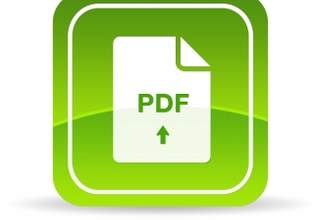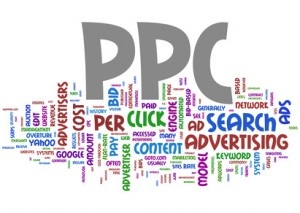Has this kind of scenario happened to you at work, school, or in your personal life? You’re in a meeting, under pressure at a work situation, or just looking for something from the past buried deep within your piles of emails, or even under a mountain of paper and cant’t find it? Anyone who works at a busy job, works in groups at school, or has a busy life can probably relate to that situation. Digging deep into your emails when you need to find something quickly, or looking through stacks of paperwork to find some specific tidbit of information is just too inefficient when so much technology is at our fingertips.
More Than Organizing:
Sure you can organize all your paperwork into file folders or all of your emails and to online folders and categories, but it still doesn’t change the fact that things get muddled when you’re working with others. This is especially poignant when considering so much of what we do at work and school happens in a group. When we share documents like PDFs between each other the collaboration can get very tricky. Automating your documents so multiple parties have access to them can speed up the cohesiveness of sharing documents and working together.
Organize Your Group Efforts:
Let’s look at an example of how this can work. Say you create a document and send it out to everyone in the group for feedback, and when they read the document they will need to provide quality feedback for the whole group to read and evaluate. Some of the likely feedback scenarios are not going to be optimal, like if the reviewers provide direct verbal feedback, respond to an email with feedback, or send separate emails apart from your original document. Emails can get lost, group members get left out of the list, and the whole thing kind of breaks down quickly unless the group leader is hyper organized. Not to mention the fact that future reference of the desired feedback will be difficult to drudge up on demand. It is a broken system in today’s technologically advanced world, but when you use PDFs to collaborate it can go much smoother.
Review Directly on PDFs:
The smarter way would be to have everybody’s comments contained in one place, like on the actual PDF document itself, or at least attached to it for easy reference. Documents made with a pdf creator can be shared to a group and then reviewers can collectively give proper collaboration within the document itself. This helps to keep everything in one place and ramps up security, and when it comes to the feedback there are multiple ways for the group to creatively respond. Features the make the document review process happen are things like text highlighters, text writing tools, shapes, and more. These tools make expressing yourself simple and remember it is on the document itself. If adding more than a few text comments or highlights are called for, longer reviews can also be captured and attached to the PDF.
Add Security to the Mix:
In addition to these PDF collaboration and sharing opportunities there is quite a bit of extra security built into the process. PDF documents can be secured by requiring signatures or passwords to gain access. In addition, if the document needs to be signed, say in the case of a contract, it can be signed and timed stamped easily. This added security helps secure and protect intellectual property and quickens paperwork turnaround processes, because things that delay like printing, faxing, or mailing the document are removed from the equation.



